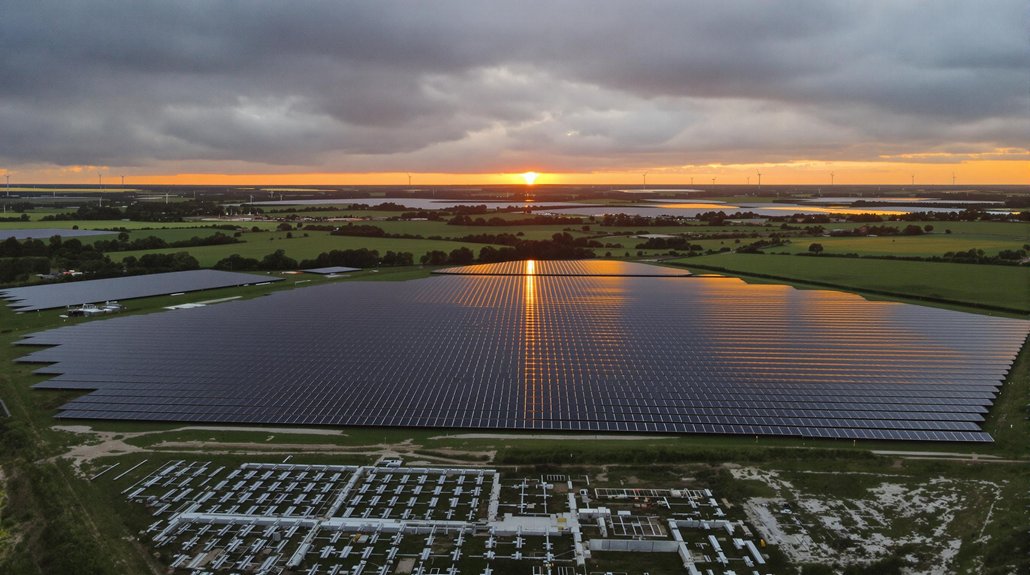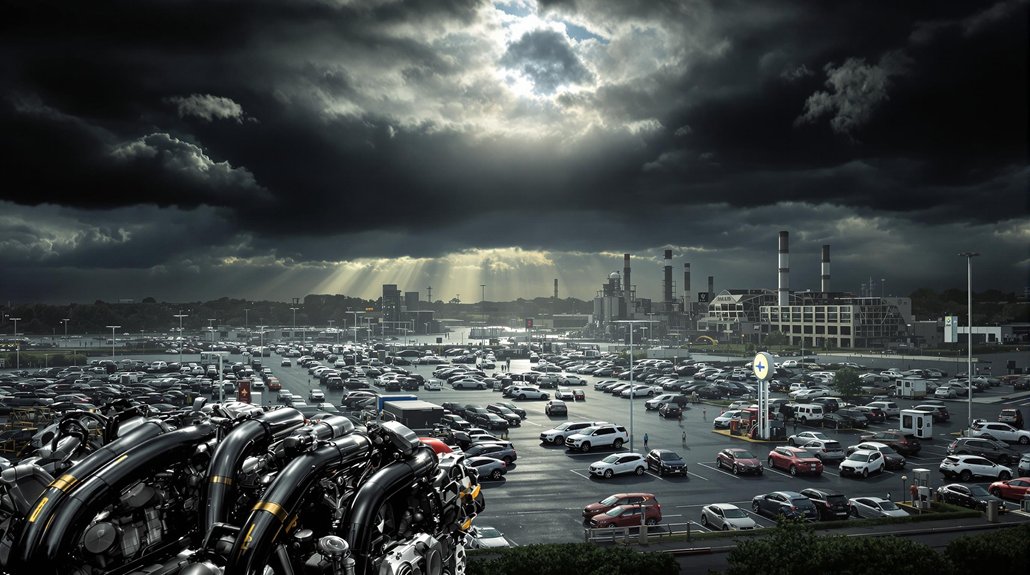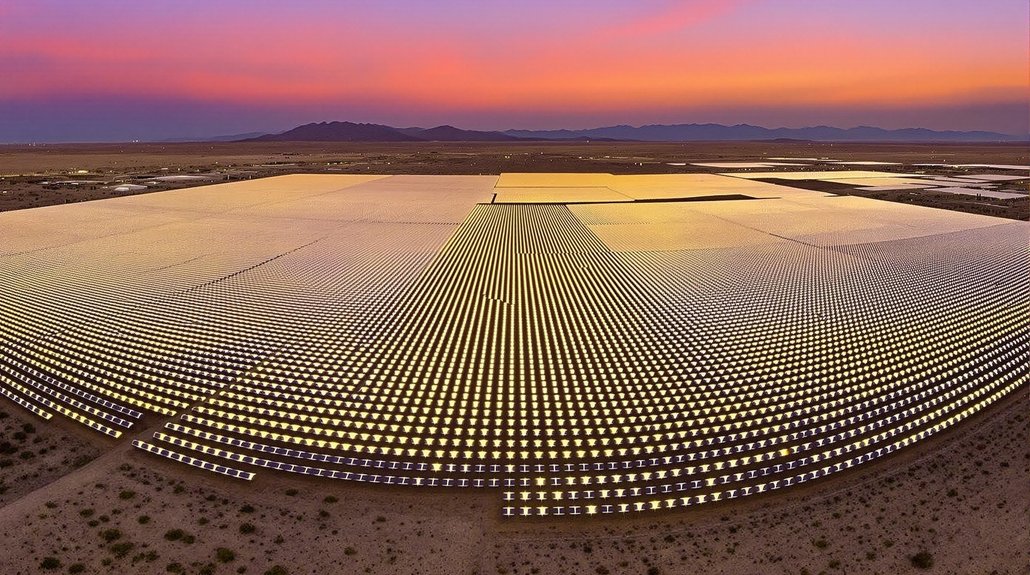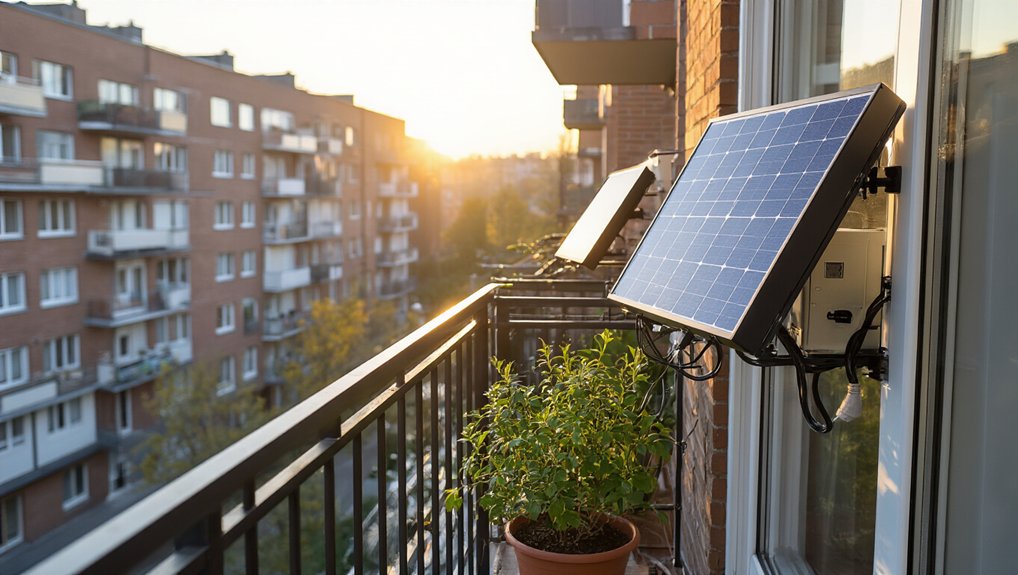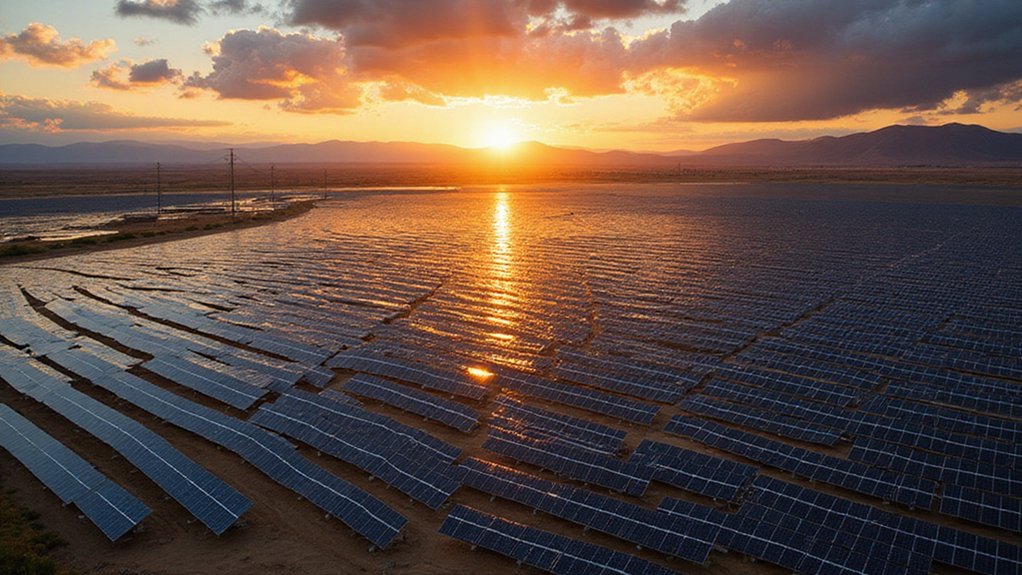Despite reaching the impressive milestone of five million solar installations and 100-104 GW of total capacity by April 2025, Germany’s celebrated solar expansion is showing troubling signs of slowdown.
The numbers don’t lie. April’s measly 838.5 MW addition fell far short of the 1.5 GW monthly pace needed to hit the country’s ambitious 2030 targets. And now the government wants to mess with the formula that got Germany this far? Genius move.
Germany’s remarkable achievement of generating 14.9% of its electricity from solar in 2024 didn’t happen by accident. The Renewable Energy Sources Act with its feed-in tariffs and priority grid access created the stability investors craved. That stability is now at risk.
Rooftop installations have been carrying the solar boom, accounting for about 69% of new capacity in March. The government’s commitment to streamlined permitting for households has been crucial to maintaining this momentum. Average Germans embraced solar, including those trendy “balcony power plants” that let even apartment dwellers join the green transformation. But enthusiasm has limits when subsidies disappear.
The timing couldn’t be worse. The country’s renewable electricity reached 46.9% in Q1 2025, but that progress masks serious problems. Wind output tanked in early 2025 – offshore down by 31%, onshore by 22%. Solar was supposed to pick up the slack.
Recent data showed solar power generation increased by 32% in Q1 2025, reaching an impressive 13.3 billion kWh and highlighting its growing importance to the German energy mix.
Grid issues already plague the system. Curtailment in 2024 meant perfectly good solar electricity went to waste. The grid can’t handle what’s already installed in some regions, yet the 2030 target demands doubling current capacity.
Let’s be real. Germany needs every renewable megawatt it can get to reach 80% clean electricity by 2030. Solar delivered a record 10.1 TWh in July 2024 alone. That’s serious production.
Cutting subsidies now is like removing the engine from a car mid-highway. Sure, momentum might carry you forward briefly, but physics – and economics – eventually win.
Germany built something impressive with five million solar installations. Shame to see it stall just as it was getting interesting. The country’s solar panels still have long lifespans of 25-30 years, making them excellent long-term investments despite the proposed subsidy cuts.
References
- https://www.ssaltd.com/news-resources/germany-s-solar-energy-in-2025-market-overview-and-key-trends/
- https://strategicenergy.eu/renewables-half-germanys-power-in-q1-2025/
- https://www.intelmarketresearch.com/energy-and-natural-resources/903/Germany-Solar-Energy
- https://www.cleanenergywire.org/factsheets/solar-power-germany-output-business-perspectives
- https://ratedpower.com/blog/5-largest-upcoming-solar-projects-germany/
